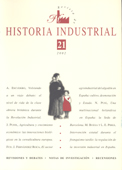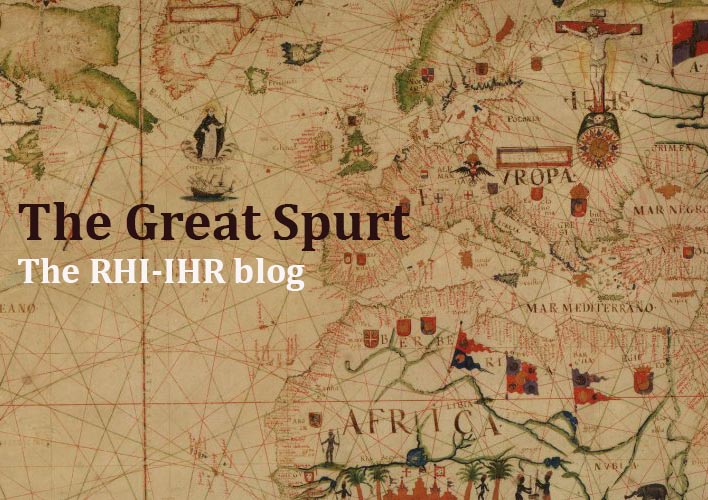Government interventionism in the late Francoist regime: Industrial regulation in Spain, 1963-1980
Keywords:
Industrial Regulation, Regulator’s Capture, Spanish Economy, Firm’s SizeAbstract
This article analyses Spanish industrial from the early 1960s until the end of Franco’s regime. The central point is that the liberalisation push of the 1959 Stabilization Plan finished in a few years and then a interventionist period returned. Laws of this period and the theoretical objectives of plans related to size increase of factories are analysed. The most praiseworthy hypothesis about this regulatory failure is a «Regulator’s Capture» by the entrepreneurs in order to impose barriers to entrance. The evidences confirm this was the case in oligopolistic industries, while restructuration reasons stood behind regulation in textile sectors and reinforcement of the State in regulated public industries. Thus, the interaction between the regulating State and the regulated firms produced a permanent conflict and results that varied in industry from one sector to another.Downloads
Downloads
Published
How to Cite
Issue
Section
License
We have been applying a Creative Commons Attribution license (CC-BY) since 2019, before that year we had a partial open access policy, which included open access for the first two months after publication, followed by an embargo policy for non-subscribers, as access to the last 4 published issues was restricted to journal subscribers. In contrast, early-view articles were always open access prior to publication in an assigned volume. Until 2024 the access to the last 4 published numbers was restricted to those who were subscripted to the journal.
The author assigns all rights to the publisher. Creative Commons
The author who publishes in this journal agrees to the following terms:
- The author assigns all intellectual property rights exclusively to the publisher for the entire duration of the applicable intellectual property rights. The University of Barcelona holds the copyright ownership of the contents published in the journal.
- The publisher will distribute the texts under the Creative Commons Attribution License, which allows others to share the work, provided that they acknowledge the authorship, its initial publication in this journal, and the conditions of the license.





